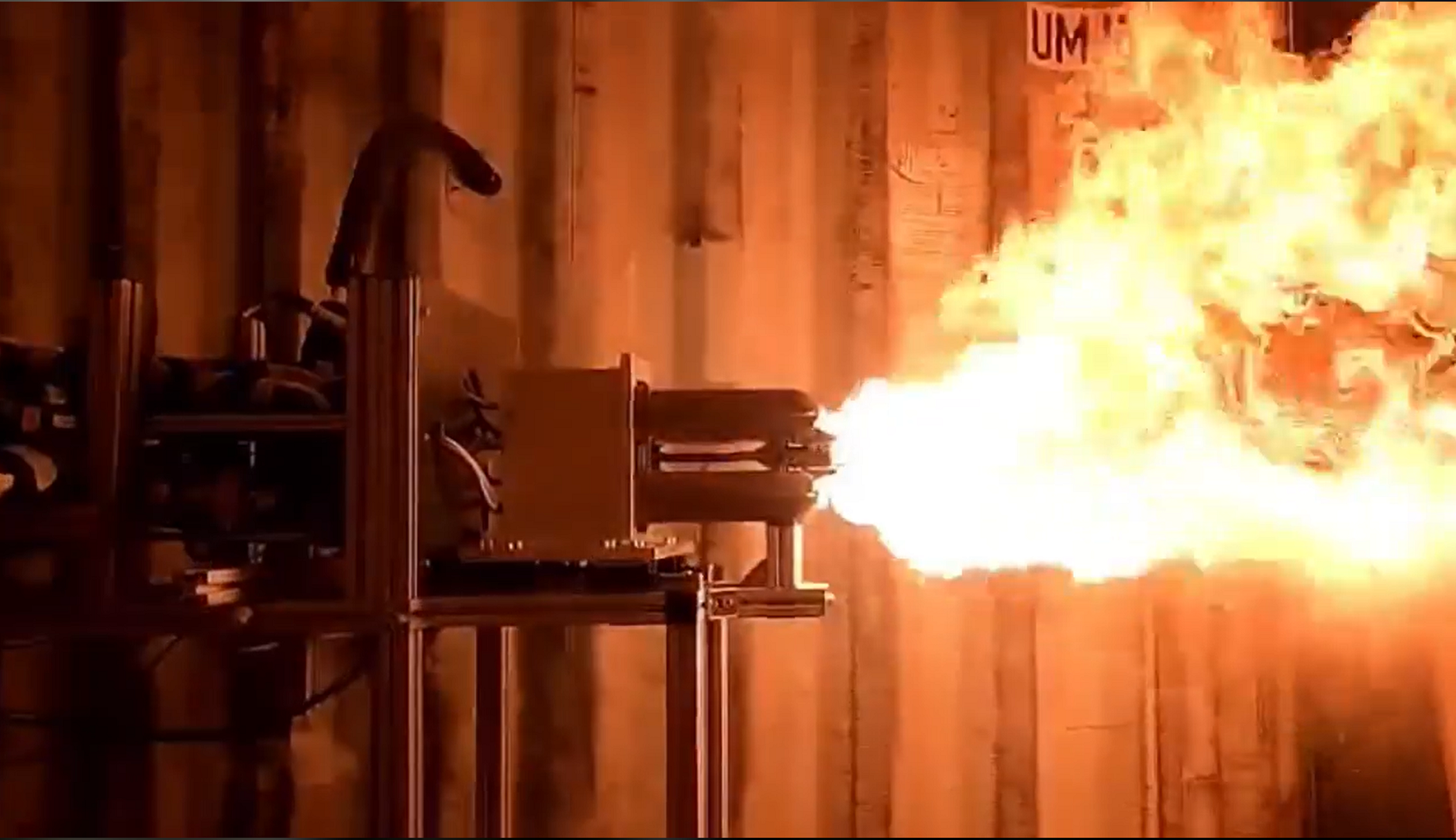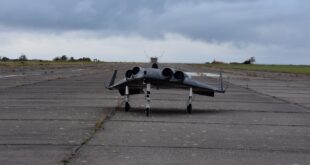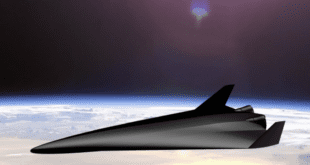
London, 1 December 2023.- POLARIS, a German aerospace start-up, successfully ignited their AS-1 engine on the 22nd of November. This Hot Fire Test was the first time the engine had been ignited. The test took place on an airfield at a former airport in northern Germany.
The main material of the engine is Inconel and this engine is a heavy ground test version, with lighter versions of the engine for in-flight testing. POLARIS is developing a reusable space launch and hypersonic transport system that will operate like an aircraft.
POLARIS is developing a series of linear aerospike rocket engines to power their spaceplanes. The company has said that the aerospike engines promise significant efficiency increases compared to conventional rocket engines. The linear aerospike engines under development at POLARIS enable efficient engine and airframe integration for the flat-shaped flying wing configuration of their spaceplanes.
This successful test is a major milestone for POLARIS, since AS-1 is to be carried by the flight demonstrator MIRA after completion of the ground test program. One of the objectives of yesterday’s test was to assure simultaneous ignition of the upper and lower combustion chamber to reduce strong pitch moments that could be created in flight. This test builds on the successful flight of MIRA under turbine thrust in October.
The first ignition test was conducted at low chamber pressure. In the next stages they will increase the pressure, optimise the ignition sequence, and bring the propellant mixture ratio to the target value. Both MIRA spaceplanes are precursor prototypes to the company’s ultimate demonstration model, NOVA. If the upcoming demonstration MIRA missions are successful then POLARIS Spaceplanes expect to begin flying NOVA sometime in 2024.





